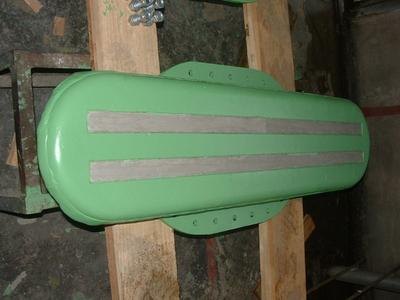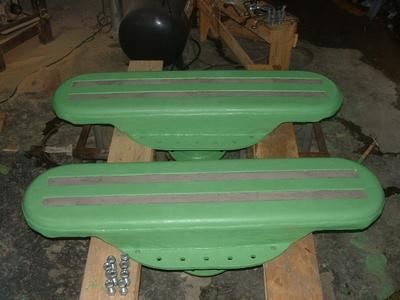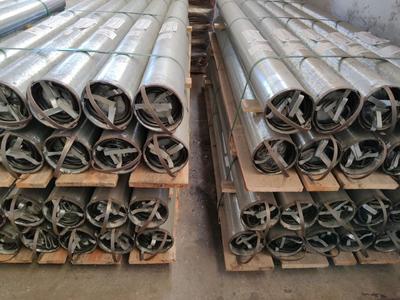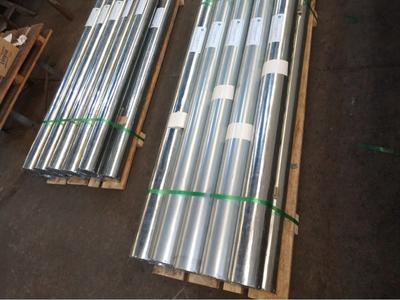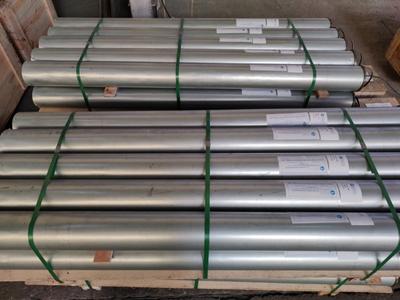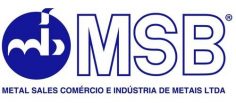INERT MIXED METAL OXIDE ANODES (MMO), TITANIUM/PLATINUM ANODES AND FE/SI OR FE/SI/CR ANODES
Inert titanium anodes activated by noble metal oxides (MMO), titanium / platinum and Fe/Si
or Fe/Si/Cr MSB® alloy anodes. – Metal Sales are manufactured, respectively, according to ABNT NBR 16294 and ABNT NBR 9240 standards, are a proven means for cathodic protection of any metal structure, buried in soil and/or submerged in fresh water, brackish water or salt water.
Advantages of inert titanium anodes activated by noble metal oxides (MMO), titanium / platinum and Fe/Si or Fe/Si/Cr MSB® alloy anodes. – Metal Sales:
- Uniform corrosion pattern and, proven and reliable efficiency;
- Can be produced according to the most different needs of customers;
- Can be manufactured and supplied with cathode-coded cables (HMWPE), of length and section as specified and required by the customer and can be supplied with metallic liners filled with metallurgical coke mill or petroleum calcined coke mill;
- MSB® – Metal Sales has its own laboratory, equipped with state-of-the-art atomic absorption spectrophotometer and various other equipment, for the analysis of different metals and, for short or long-term tests, (galvanostatic efficiency tests) on all alloys produced;
- MSB® – Metal Sales continuously and insistently seeks new ways to improve the alloys of its galvanic and inert anodes, in order to guarantee its customers the constant supply of the best and most competitive products possible.
CORROSION CONCEPTS
Corrosion means a destructive attack on metals or alloys, by chemical or electrochemical reactions with the environment where they are, which, in the case of ships or other metal structures, buried or submerged in aqueous enviroments, can have particularly serious effects.
Although there are several types of corrosion, the most significant in metals buried in soil or submerged in fresh or salt water, are electrochemistry and galvanics, both of which are the result of the effects of an electric current circulating through an electrolyte, between different metals or between areas with different chemical composition of a single metal.
The electrochemical characteristics of metals and their relative position in the galvanic series, determine the direction of current flow, which is always established between the anode and cathode and, causes the migration of metal ions following the current course, with the consequent wear of the less noble metal. Thus, in different metal structures, buried or submerged, several factors such as the coexistence of different metals, different chemical composition of the same metal, deterioration of the protective layers of coating, etc., result in the formation of cathodic and anodic areas, with the consequent undesirable metal losses of these structures. For this reason, cathodic protection systems, whether by galvanic or inert anodes, are fundamental and indispensable for the prevention of corrosion and maintenance of the integrity of the surfaces of these metal structures.
